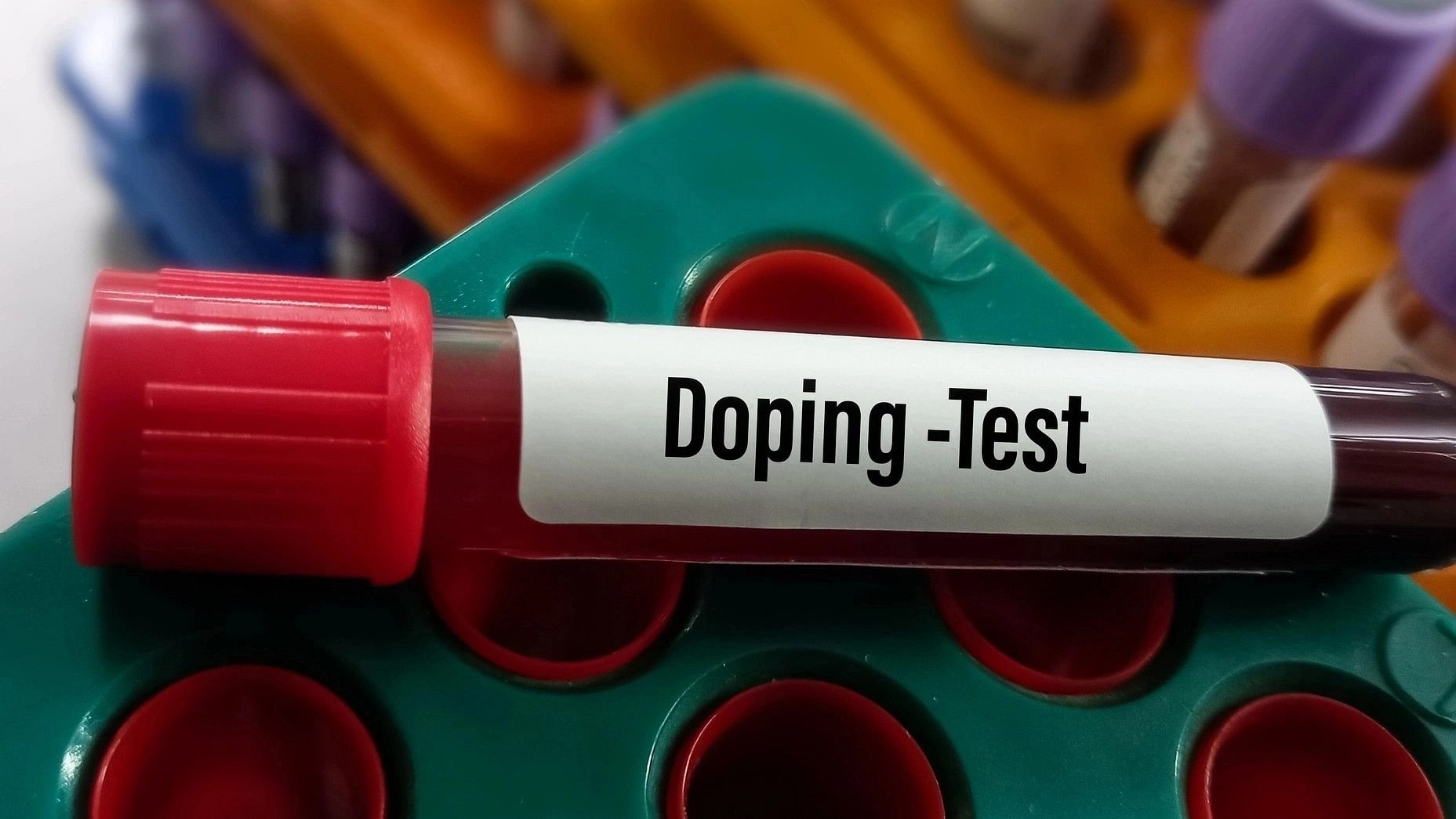
Representative image of a dope test.
Credit: iStock Photo
In September 2023, a lone runner in the 100-meter race at an athletic meet in Delhi kept running beyond the finish line as he was chased by National Anti-Doping Agency (NADA) officials to get his urine samples. His tests eventually returned positive. As farcical as the incident was, it threw light on India’s deeply entrenched doping menace. In the Tokyo edition of the Olympics held in 2021, India stood in the 48th position, with one gold, two silvers, and four bronze medals. With 113 medals, the United States topped the table. However, according to a recently released report by the World Anti-Doping Agency (WADA), India beat the US hands down to become the top country with the highest percentage of doping violations among countries that conducted 2,000 or more tests. Even more disconcerting is that this January, India emerged as the second worst country in a 10-year global study conducted by the WADA on doping cases among child athletes. These are two dubious distinctions we can do without, and they harm India’s ambition of becoming a sporting superpower. Such incidents do not send out the right message to the rest of the sporting world about India, especially since it is ready to bid to host the 2036 Olympics.
Athletes in boxing, wrestling, and weightlifting are the major contributors to positive tests. The International Weightlifting Federation banned India’s national weightlifting body in 2004 and 2006 after at least three lifters tested positive in a single calendar year. There also appears to be an indifferent attitude among athletes about the consequences of doping. The fleeting success, and in some other cases the need to land a secure job, seems to drive many athletes to take these career-ending risks. While the recent announcement by Sports Minister Anurag Thakur that Khelo India medal winners would be eligible for government jobs is a much-appreciated incentive for sportspersons, it may unintentionally add fuel to the doping problem. Also, NADA officials cannot strictly monitor sporting events across India in different categories due to the volume of participants, which ranges from 5,000 to 6,000.
India, with 3,865 tests conducted, stood 11th among world nations in the total number of samples tested; but this is nowhere near China (19,228) or Germany (13,653). From the sports budget for FY2025, the government has earmarked Rs 22.3 crore for NADA’s operations. The US has set aside 13 times more for the same purpose. The awareness programmes and tests now being conducted indicate stepped-up efforts to address the menace, but we need to do more. The budget allocation is grossly inadequate given the size of the problem India faces. For starters, a budgetary revision is warranted.